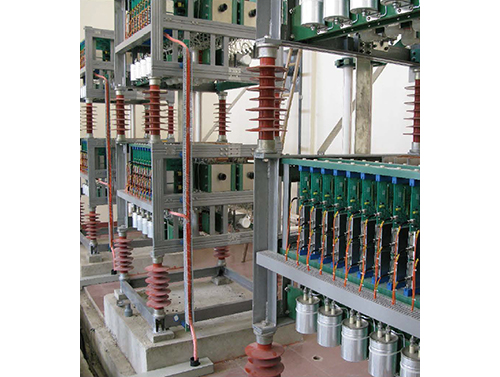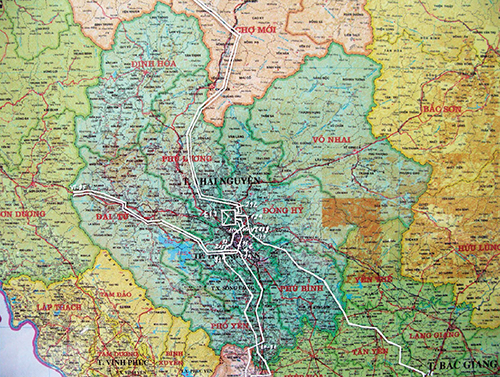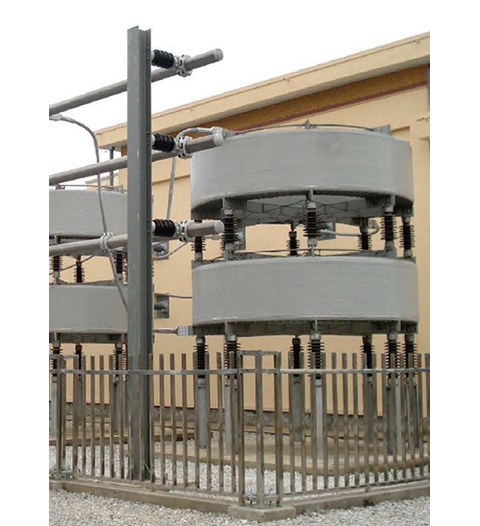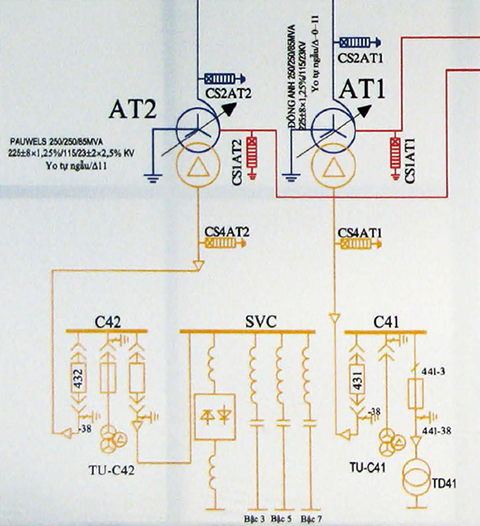- Home
- Static VAR compensator (SVC)
- SVC for Utility
SVC for Utility
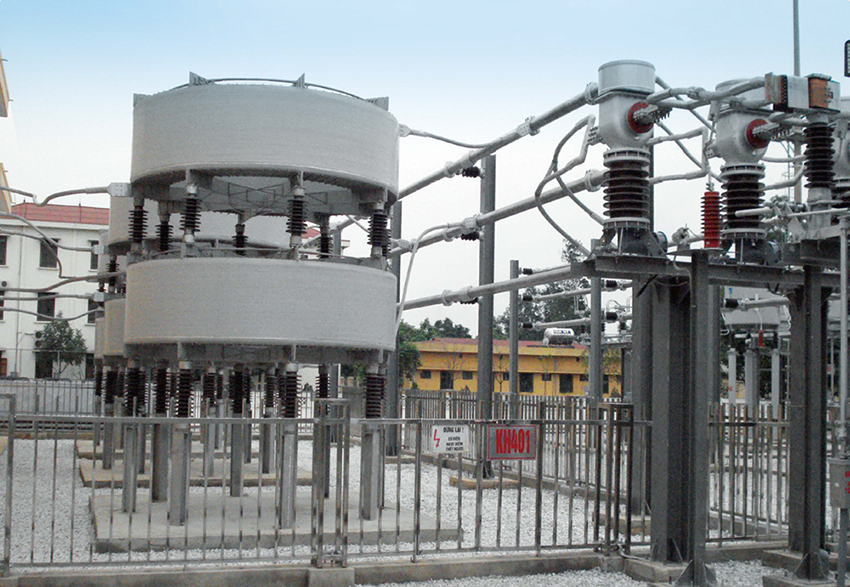
Electricity of Vietnam (known as EVN) was going to purchase electricity from a foreign country via a long distance corridor to feet its existing power needs throughout Vietnam. However, the current 220kV corridor Ma
Guan - Thai Nguyen - Ha Giang was not strong enough to be able to transmit so much extra power flow.
The climate in Viet Nam is humid and rainy. In the event any fault lines happen, the corridor ran a significant risk of collapse as it was unable to recover from faults due to a lack of a required reactive power support.
After a careful system study, it was found that a 100Mvar SVC at Thai Nguyen 220kV substation can solve the problem. The SVC was rated as -54Mvar(inductive) to +54Mvar (capacitive) with a total dynamic reactive power range of 108Mvar. The SVC branches were integrated at the 23kV busbar and then connected to the 220kV busbar by a dedicated step down transformer.
ETT thyristors were adapted in this application with a water/air cooling method. The control system was designed as fully redundant, main system and hot standby. In the event any components failed, the main system would then switch to a hot standby system automatically and seamlessly. The SVC will maintain operation during the entire switch-over procedure with no influence.
The SVC main control strategy was determined as close loop constant voltage control algorithm with pre-defined action limits and slope. In this control mode, the controller performs a three-phase voltage regulation based on the voltage error at the 220kV busbar. The error is determined by the difference between a pre-set voltage reference and the positive sequence voltage response from the primary side of the step down transformer.
Auxiliary control strategies were also provided in the control system, such as slow susceptance control, gain optimization and supervision function and TCR DC current control as well as manual susceptance control.
The EVN Thai Nguyen 220kV substation SVC was delivered in 2009. It has allowed for existing corridors to transmit the needed power from abroad and into Vietnam, and met the needs for the country’s central grid while improving the voltage stability.



